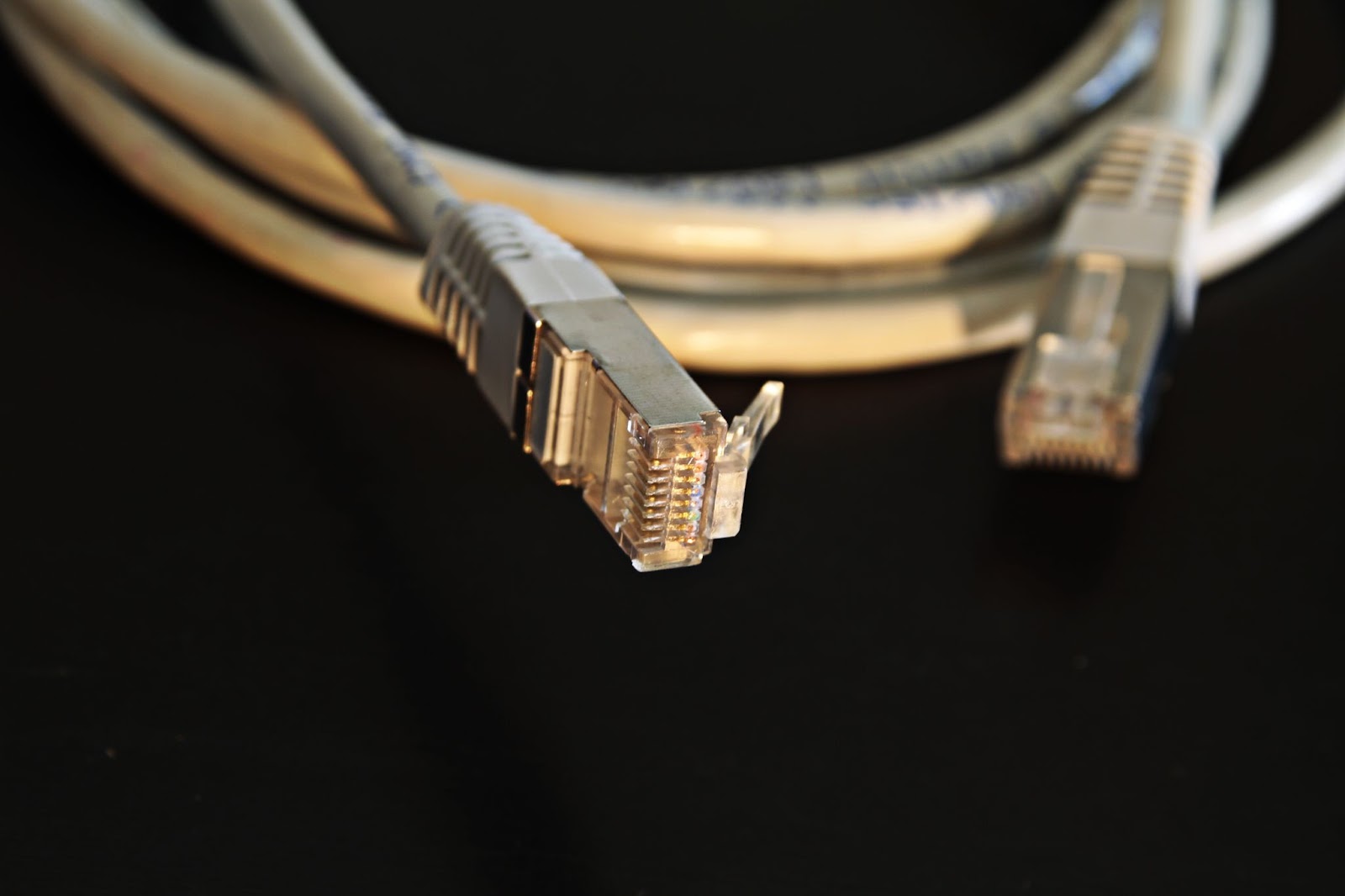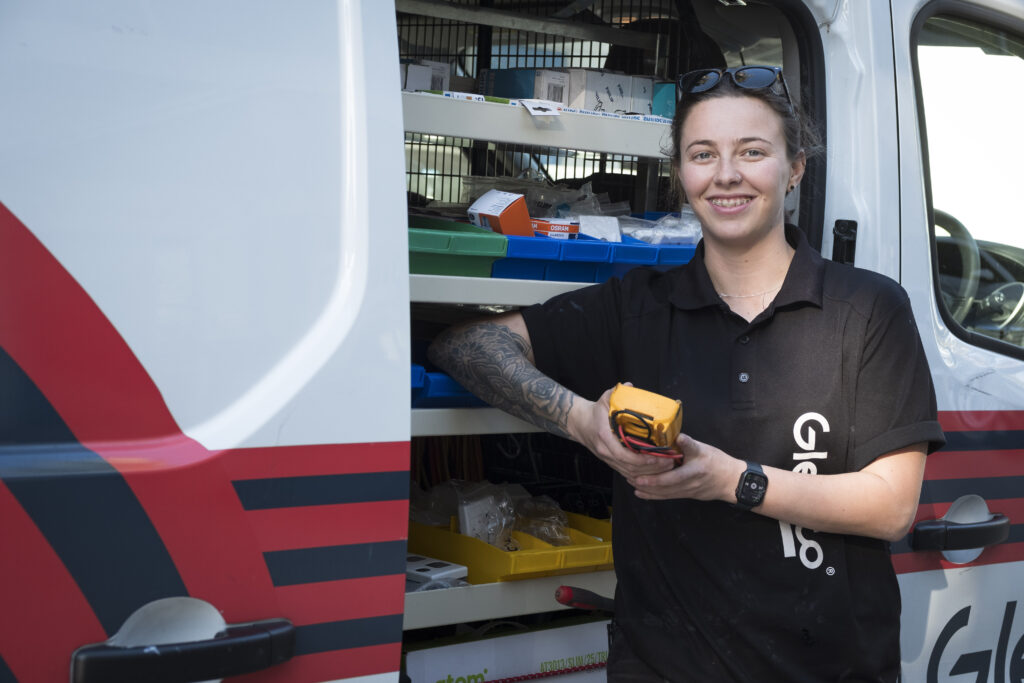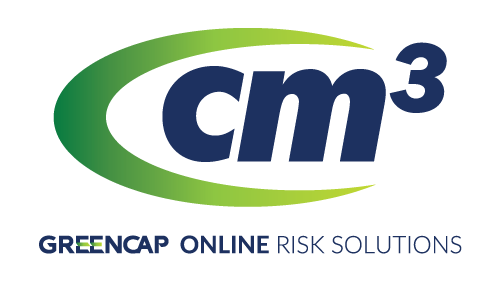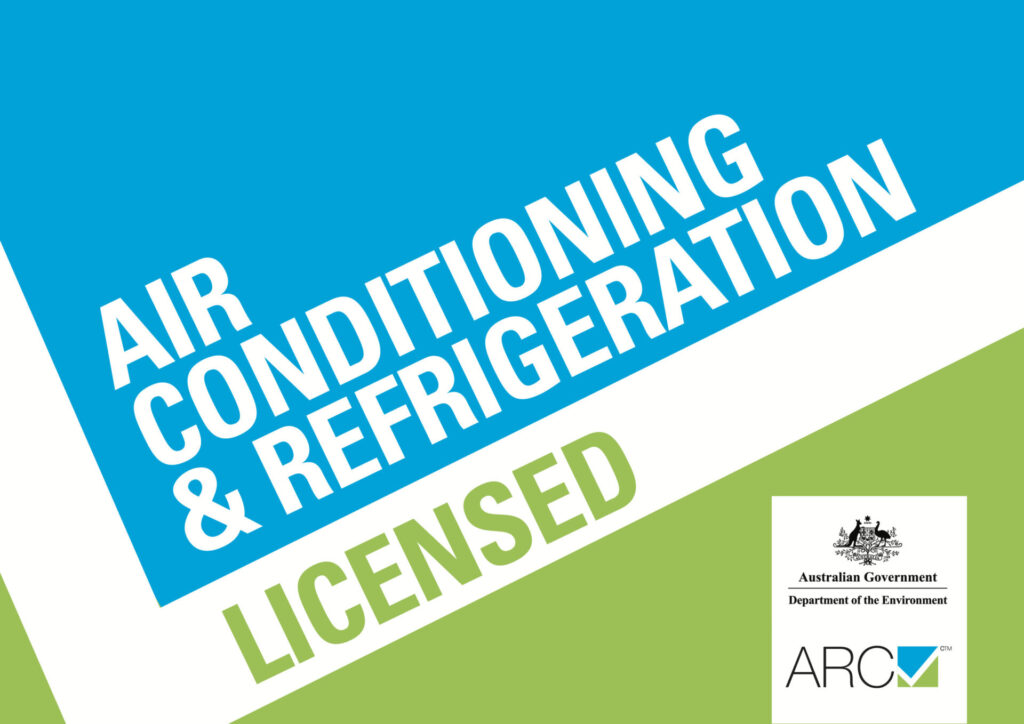In the Age of Connectivity…
We live in a time where we are constantly tethered. In Australia, 91% of homes have an internet connection, while over 95% of businesses require internet access. While WiFi is becoming all the more popular, congestion within local areas and the physical limitations of the technology mean wireless connectivity simply isn’t reliable enough for important activities.
Ethernet connectivity is still vital to good business and offers better connections for entertainment like streaming and gaming.
But, are all Ethernet cables the same? The majority of Australians have likely bought an Ethernet cable at some point, but very few of us know the difference between them.
We’re here to get you sorted. We’ve written this guide to break everything down for you, so you’re equipped with the knowledge to give yourself the best possible internet experience.
The Various Categories of Ethernet Cables
Invented in 1973 by Xerox PARC researcher Bob Metcalfe, today there are hundreds of millions of Ethernet cables circulating the world, connecting servers, workstations, printers and, of course, transporting data to people around the world. But, did you know that there are eight different categories (also known as “cats”) of Ethernet cables?
The main difference is bandwidth (measured in MHz), maximum data rate (measured in megabits per second) and shielding, which we’ll cover below:
Cat1
Known as an unshielded twisted pair (UTP), this was once the most common form of wiring for telephone systems around people’s offices and homes. It’s made of two insulated copper wires that are — you guessed it — twisted around one another.
Cat2
This was popular in the 1980s for IBM Token Ring networks and was mainly used for voice and data communications with supported data transmission rates of about four Mbps.
Cat3
This one came around during the first half of the 1990s and had four twisted pairs. It was the first of the Ethernet cables that supported 10BaseT Ethernet networks in addition to digital voice communications. Although it has been largely replaced by newer cable types, you still see this in older buildings. It has a 10 Mbps data rate.
Cat4
A little bit faster than Cat3 (Cat4 sits at 16 Mbps), this cable is seen more often in older buildings. Its main use was for IBM Token Ring networks.
Cat5
In 1995, a huge jump in data rates came with Cat5, offering 100 Mbps. It’s still widely used to this day for standard 10BaseT and 100BaseT networks. It can distribute telephone and video signals as well as data at distances of up to 100 metres. The way it achieves a higher data rate is by increasing the number of twists, effectively making it more resistant to crosstalk.
Cat6
Cat6 offers data transfer rates up to 1Gbps over 100 metres and as much as 10Gbps speeds up to 37 metres, which can be attributed to its higher bandwidth and shielding. It includes a separator, known as a “spline,” between four pairs to reduce electromagnetic interference. Cat6 is also backwards compatible with Cat5.
Cat7
The Cat7 is a proprietary standard not endorsed by IEEE or TIA/EIA. Cat7 has GG45 connectors, robust shielding and is capable of 40 Gbps speeds over 50 metres.
Cat8
This has a bandwidth of up to 2 GHz over 20 metres and a data rate of up to 40 Gbps. This is the go-to ideal Ethernet cable for switch-to-switch communications for a 25GBase T or 40GBase T network. The conductors for this category are wrapped in specialised foil that almost completely eliminates crosstalk. The cable is a heavier gauge as a result, and it is also quite rigid, making it difficult to install in tight locations
| Category | Data Rate (Max) | Bandwidth | Distance (Max) | Where-used |
|---|---|---|---|---|
| Cat1 | 1 Mbps | 0.4 MHz | Modem/Telephone Lines | |
| Cat2 | 4 Mbps | 4 MHz | Telephone Lines and LocalTalk | |
| Cat3 | 10 Mbps | 16 MHz | 100 m | 10BaseT |
| Cat4 | 16 Mbps | 20 MHz | 100 m | Token Ring |
| Cat5 | 100 Mbps | 100 MHz | 100 m | 100BaseT |
| Cat5e | 1 Gbps | 100 MHz | 100 m | Residental and 100BaseT |
| Cat6 | 1 Gbps | 250 MHz | 100 m 10Gb at 37 m | Commerical and Gigabit Ethernet |
| Cat6a | 10 Gbps | 500 MHz | 100 m | Commercial and Gigabit Ethernet in data centres |
| Cat7 | 10 Gbps | 600 MHz | 100 m | 10 Gbps Core Infrastructure |
| Cat7a | 10 Gbps | 1000 MHz | 100 m 40Gb at 50 m | 10 Gbps Core Infrastructure |
| Cat8 | 25 Gbps (Cat8.1)40 Gbps (Cat8.2) | 2000 MHz | 30 m | 25 Gbps/40 Gbps Core Infrastructure |
10 Things You Should Know About Ethernet Cables
Now that we’ve covered the categories, here are 10 facts you should know about Ethernet cables:
- Stranded Ethernet cables are not as likely to experience physical cracks and breaks, which makes them great for travellers or remote network setups.
- Solid Ethernet cables will give you better performance and protection against any electrical interference. They’re often used in business networks, commercial buildings or underneath floors to fixed locations.
- To connect an Ethernet cable, look for an Ethernet port on whatever device you have. A standard RJ45 connector should be square in shape. Insert the head of the cable into the slot and connect the other end to your router or network device.
- A straight-through Ethernet cable’s main function is to connect a computer to a router or switch.
- Crossover Ethernet cables connect two computers directly so they can transfer data (think LAN parties for computer games in the early 2000s).
- While Ethernet cables look similar to phone lines, they are different. Ethernet cables are thicker in gauge.
- You cannot plug an Ethernet cable into a phone line.
- You’ll get higher through-put speeds with a high-speed Ethernet cable than you will with a Wi-Fi connection.
- You can experience data loss during transmission if the Ethernet cable is too long.
- Wired networks are more reliable than Wi-Fi connections.
How To Check Which Ethernet Cable You Have
So, we’ve gone over the differences in the categories for Ethernet cables, but maybe you’re experiencing slow Internet and are trying to troubleshoot. How do you tell which type of Ethernet cable you have?
Luckily, the overwhelming majority of Ethernet cables have information printing along the sheath. What you want to look for is the “Category” or “Cat” with a number behind it: Cat5, Cat6, etc. For the majority of households, Cat6 is good enough for standard Internet use, while Cat7 and Cat8 are a little bit more difficult to get your hands on.
What Is the Fastest Ethernet Cable?
Cat8 is what is considered the “next generation” of Ethernet cables. It has a bandwidth of up to 2 GHz over 20 metres and a data rate of up to 40 Gbps. This is the go-to ideal Ethernet cable for switch-to-switch communications for a 25GBase T or 40GBase T network. The conductors for this category are wrapped in specialised foil, that almost completely eliminates crosstalk.
Keep in mind it’s much more rigid than other cables, so if you’re just at home, you can get by with Cat6 or Cat7 without missing a step.
In Conclusion
Ethernet cables and their data transmission rates are more involved than they seem, but now that you know that all Ethernet cables are, in fact, not the same, you should be more equipped to maximise your data potential.
For more tips about maximising your Internet connection, reach out to a Glenco representative here.








